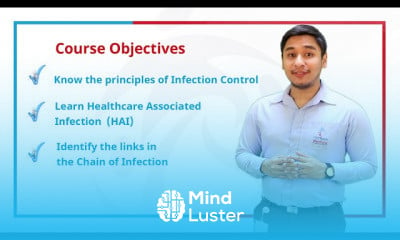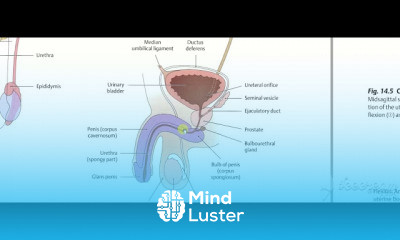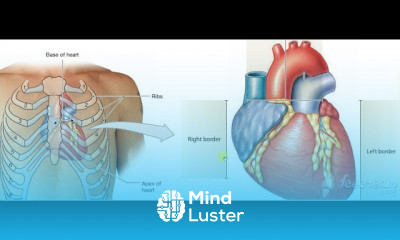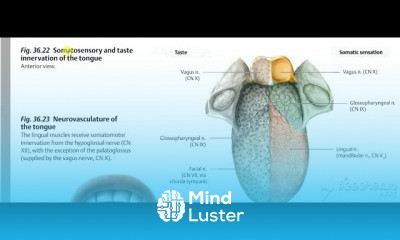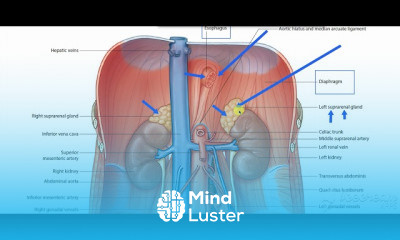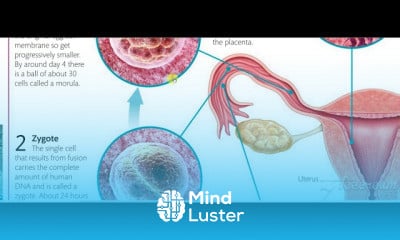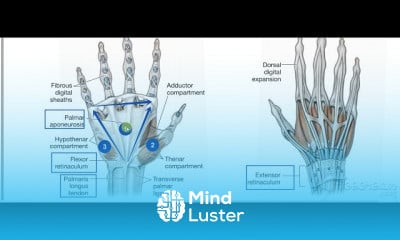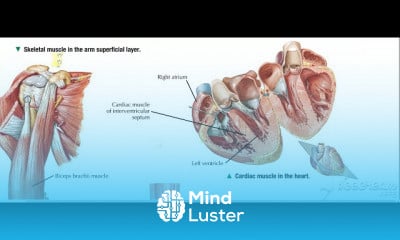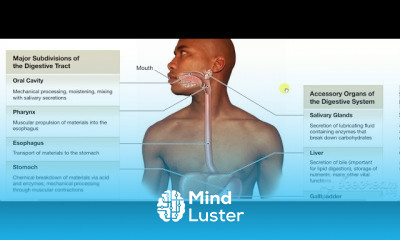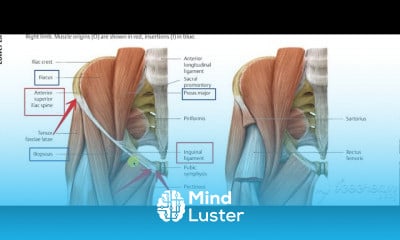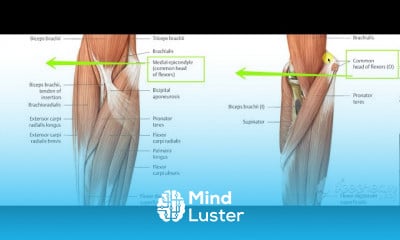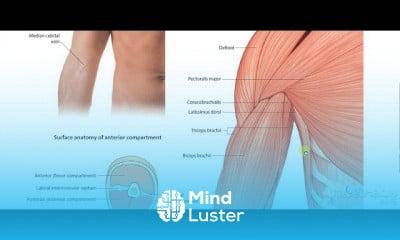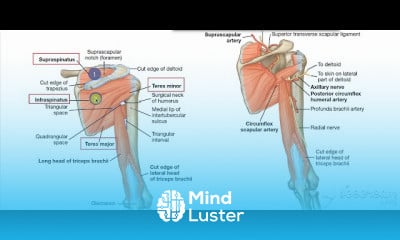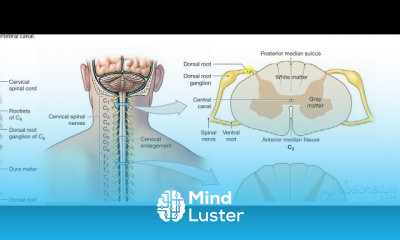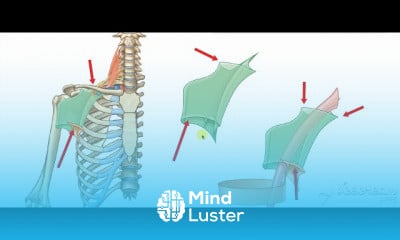16 Infecion Control Course | Module 3 Safe Injection Practices
Share your inquiries now with community members
Click Here
Sign up Now
Lessons List | 19
Lesson
Comments
Related Courses in Medical
Course Description
What is infection control in healthcare?
Infection control prevents or stops the spread of infections in healthcare settings. This site includes an overview of how infections spread, ways to prevent the spread of infections, and more detailed recommendations by type of healthcare setting.What are the 3 methods of infection control?
They include:
hand hygiene and cough etiquette.
the use of personal protective equipment (PPE)
the safe use and disposal of sharps.
routine environmental cleaning.
incorporation of safe practices for handling blood, body fluids and secretions as well as excretions [91].What is infection control and what are your responsibilities?
It means preventing and controlling illnesses that can be spread in the health-care. setting. The purpose of infection prevention and control is to identify and reduce. the risk of infections among patients, employees, medical staff members, contract.What is basic infection control?
These include standard precautions (hand hygiene, PPE, injection safety, environmental cleaning, and respiratory hygiene/cough etiquette) and transmission-based precautions (contact, droplet, and airborne).What are the five basic principles for infection control?
These include standard precautions (hand hygiene, PPE, injection safety, environmental cleaning, and respiratory hygiene/cough etiquette) and transmission-based precautions (contact, droplet, and airborne).How is infection control in hospitals?
Measures of infection control include identifying patients at risk of nosocomial infections, observing hand hygiene, following standard precautions to reduce transmission and strategies to reduce VAP, CR-BSI, CAUTI. Environmental factors and architectural lay out also need to be emphasized upon.
Trends
French
Graphic design tools for beginners
Artificial intelligence essentials
Formation efficace à l écoute de l
MS Excel
Essential english phrasal verbs
Build a profitable trading
Electrical engineering for engineer
Data Analytics Visualization Techniques
YouTube channel setup
Build a tic tac Toe app in Xcode
Magento Formation Français
Excel skills for math and science
Python programming language
Computer science careers
Python for beginners
Learning English Speaking
Figma for UX UI design
Printing student ID cards with excel tools
Web Design for Beginners
Recent
Growing ginger at home
Gardening basics
Ancient watering techniques
Grow mushrooms
Growing onions
Veggie growing
Bean growing at home
Growing radishes
Tomato growing at home
Shallot growing
Growing kale in plastic bottles
Recycling plastic barrel
Recycling plastic bottles
Grow portulaca grandiflora flower
Growing vegetables
Growing lemon tree
Eggplant eggplants at home
zucchini farming
watermelon farming in pallets
pineapple farming



